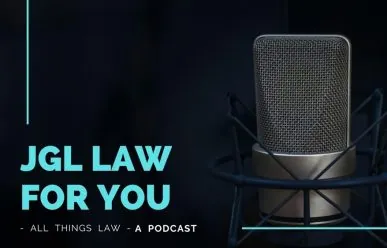What’s a QDRO?
It’s a Qualified Domestic Relations Order, used to transfer retirement from one spouse to another in a divorce (or for child support or alimony). It can go by different names (Court Order Acceptable for Processing/COAP or Domestic Relations Order/DRO), based upon the type of retirement plan involved.
For this blog, I’ll use QDRO for all types of orders just to keep things simple. Please know, though, that QDROs and retirement transfers are not at all simple.
Why is a QDRO needed?
A QDRO transfers retirement from one spouse (the spouse who holds the account or participates in the pension plan) to the ex-spouse.
Not all retirement assets require a QDRO. IRAs are an example of a retirement plan that (usually) allows a transfer using the plan’s form instead of a court order. This is where doing your homework about what kind of plan it is and what type of order is needed can pay off.
What type of retirement plans need a QDRO?
Pensions and 401k-type plans are the most common.
What does a QDRO transfer?
Pensions (defined benefit plans): A QDRO is used to transfer some of the monthly pension payment to the ex-spouse, as well as the right to survivor benefits (so, benefits paid after the death of the employee) after divorce.
Other types of retirement (defined contribution plans): A QDRO is used to transfer a lump sum to the ex-spouse, and may keep them entitled to survivor benefits until the transfer is complete.
Why not just cash out retirement to pay my ex?
Because this can have big – and unnecessary – tax consequences and early withdrawal penalties. Your ex may have the option to cash out some of the retirement when the QDRO is processed by the retirement plan, but that’s their decision, and the tax consequences are theirs.
When should I get a QDRO prepared?
If settling your divorce with an agreement, ideally the QDRO is prepared and signed at the same time. If not then, then as soon as possible after. Again, ideally, before the divorce is granted.
If settlement is not an option and you will have a trial, then ideally give the Judge a QDRO during your divorce trial. Or, have it prepared right after the appeal period has passed.
Delay is not a QDROs friend. Ex’s move and lose track of addresses (which are needed). If the retirement plan doesn’t calculate gains and losses, documents may no longer be available to do the calculation. Worse yet, exes pass away or retire, without orders in place, so retirement may not go where it’s supposed to, leaving exes to fight with an estate or having to collect money from their ex.
Who prepares the QDRO?
Sometimes your divorce attorney will.
Sometimes they will hire an attorney to draft the QDRO, while the divorce attorney handles communications with your ex or ex’s attorney and files the QDRO with the Court.
What’s not a good idea: preparing a QDRO yourself. Many plans have form QDROs. Filling in and using the form may get the desired outcome or it may lead to unintended consequences. When retirement is one of the biggest assets many people have, it’s not worth gambling with “fill in the blank”.
What steps are involved in preparing a QDRO?
Usually:
- A settlement agreement or Judgment of Absolute Divorce that spells out what’s to be transferred.
- Preparing the QDRO. This may also involve having the draft QDRO reviewed & approved by the retirement plan (which may require a fee for review).
- Trying to get your ex to sign off on the QDRO. If unsuccessful, skip to #4.
- Submitting the QDRO to the Court.
- Getting the QDRO back from the Court & getting certified copies.
- Submitting certified copies of the QDRO (and usually other documents, like settlement agreement and Judgment of Absolute Divorce) to the retirement plan.
- Awaiting the plan to review, process and accept the QDRO. If rejected, then starting back at #2 with a revised QDRO that meets the plan’s requirements.
Conclusion
It’s not worth gambling with retirement. Working with an experienced family attorney and QDRO attorney can help you protect your retirement interests, which are often one of the most valuable assets in a divorce.




